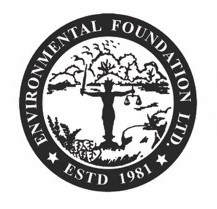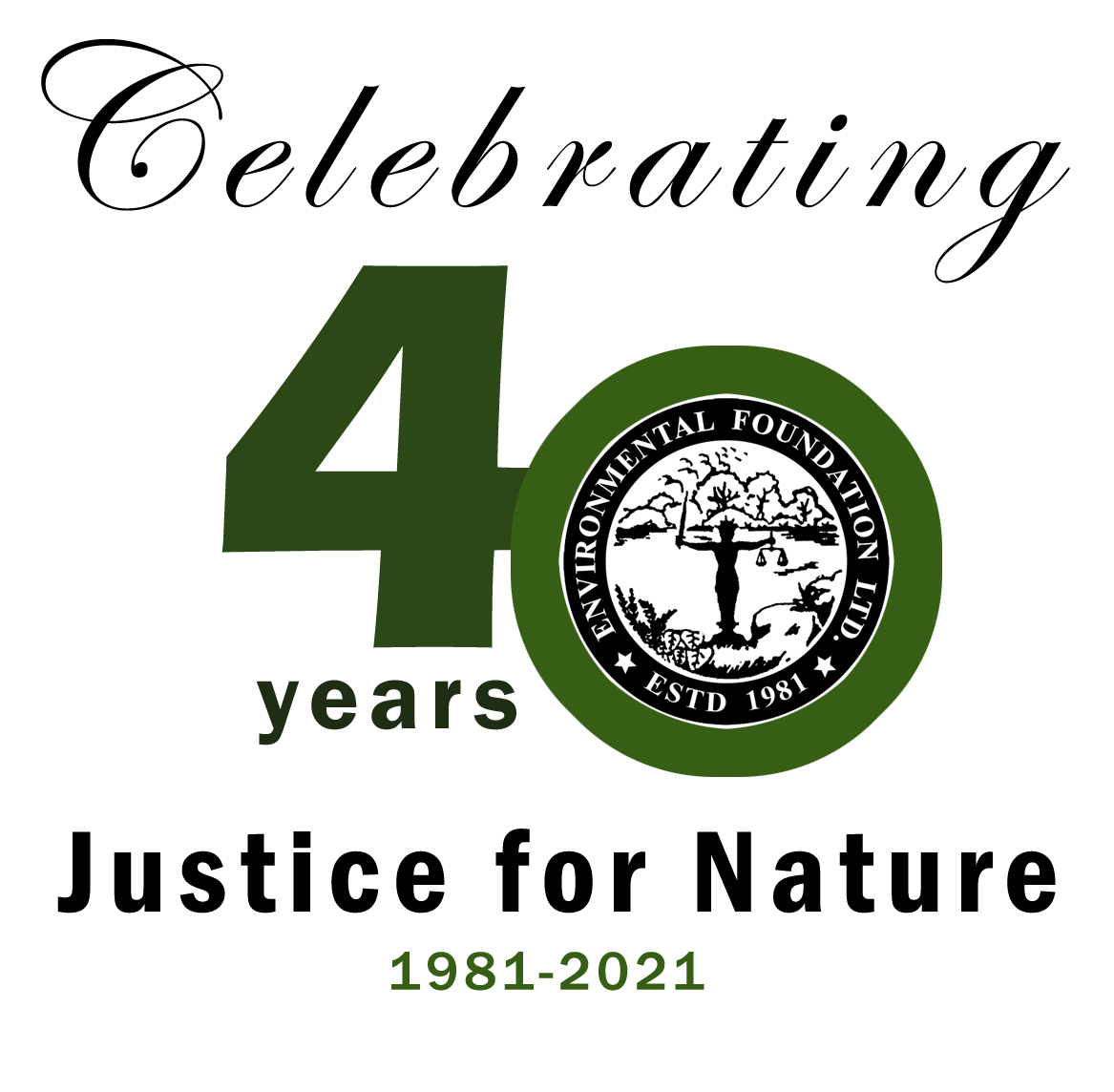The Norochcholai Coal Power Plant was first commissioned in the late 1980’s but was not carried forward due to widespread opposition. The official EIA report for the first phase of the project (300MW) was done in 1998. In 2005 negotiations were restarted by Former President Rajapakse and the contract was signed in 2006. The construction cost was estimated to be $1.35 billion of which $450 million has been granted on a long term, low interest rate loan by the EXIM
In order to raise awareness of the effects of living in proximity to a coal power plant, EFL organized a visit to Norochcholai for 36 villagers from Sampur on the 28th of March, with the aid of Green Trincomalee Movement. The purpose of this event was to facilitate the direct exchange of information between two communities, so that community members of Sampur would benefit from firsthand knowledge of the adverse impacts of coal power. The Sampur villagers visited the boundary of
EFL, on the request of the villagers, investigates into the forest clearance within the Ehetuwewa Divisional Secretariat in the Kurunegala District. The forest clearance is being carried out over 1000 acres of temple land which has been given to two multinational companies. The causes for concern are the far-reaching environmental impacts: Increased human- elephant conflict, as between 200-300 elephants habitat the forest and surrounding catchment. Land clearance along the catchment will lead to siltation, threatening the livelihoods (small- scale cultivation) of the
Hakgala Strict Nature Reserve (HSNR) is one of the nation’s most important Protected Areas (PA). It is the only SNR in the country at high altitude, and provides exceptional goods and services (to learn more, visit our Biodiversity Conservation page). Not only does HSNR contain unique and endangered biodiversity, it is also the critical watershed for the Uva Basin, which is one of the poorest areas in the country. In addition, the downstream Uma Oya River supplies Mahaweli systems
- 1
- 2





